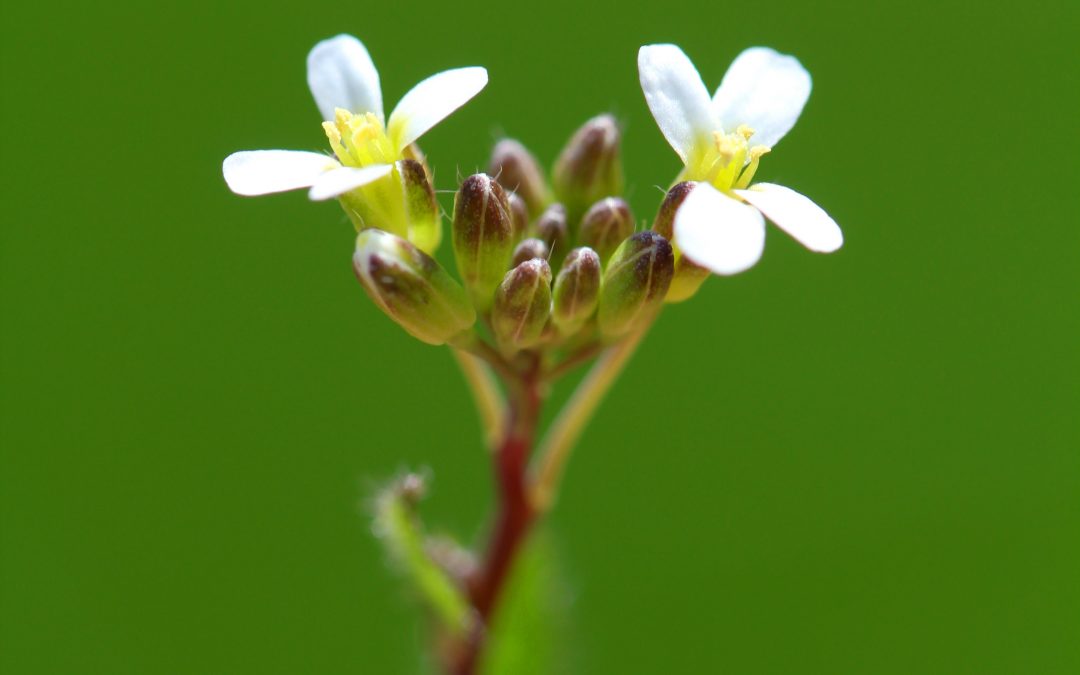Plant tissue culture is a process where plant cells, tissues, or organs are grown under controlled conditions into mature plants. This process takes advantage of totipotency, which means that a whole, genetically identical, plant can be regenerated from a culture of an original specimen. Using plant tissue culture to rapidly clone plants is called micropropagation. It is generally used in industries such as plant sciences, forestry, and horticulture. Some of the advantages of micropropagation include:
- It allows production of plants in a sterile environment to reduce the chances of transmitting disease and pathogens.
- It is useful for multiplying plants that produce very low numbers of seeds, or in situations where a plant’s seeds are infertile.
- It can lead to faster growth compared other methods like using seeds or cuttings.
- It can more effectively grow plants that have a naturally low rate of germination, such as orchids.
One of the many uses of plant tissue culture is for research involving Arabidopsis thaliana (also known as thale cress or mouse-ear cress), a flowering plant native to Europe, Asia, and northwestern Africa that is related to cabbage and mustard. Arabidopsis is considered a model organism, meaning that it is extensively studied to understand biological phenomena. Arabidopsis is used for studies of molecular biology focusing on things like flower development, light sensor organ functionality, and plant-pathogen interactions. The plant has many advantages for laboratory research. It has a fully sequenced genome and can complete a full life cycle in as little as six weeks. The relatively small size (9-11 inches or 20-25 centimeters fully grown) is also helpful in terms of the required space to store samples.
We offer a chamber made specifically for the development of plant tissue cultures. It has 16.7 square feet (1.55 square meters) of shelf space across four shelves with 7.5 inches (19 centimeters) of growth height per shelf. The chamber can reach temperatures ranging from as low as 5°C to as high as 50°C if needed, and these temperatures can be maintained to within plus or minus 1°C, throughout. This broad range of temperatures means that our chamber offers a wide range of conditions for simulating climate, season, and other growth variables.
The shelves in the chamber are attached to a plenum that runs down to back wall of the unit. Conditioned air is forced down the plenum and through the interior of the shelf. There are adjustable louvers that control the airflow into each individual shelf, the chamber is calibrated so that the desired temperature is matched on each shelf. Perforations in the top of the shelf then direct the air upwards to ventilate the samples.
Lighting in the chamber is provided by banks of 6 fluorescent lights in the underside of each shelf. These provide 190-370 micromoles when measured from the surface of the shelf where the samples will be stored. The lights can be set by timer to simulate day/night cycles. The type and color temperature of the lighting (UV-A, 4100k, 6500k, etc.) can be specified for additional customization. As with the temperature range, the flexibility of the chamber to simulate a variety of lighting conditions makes them a good fit for a variety of plant research applications.
For more information, contact us via our website form or all us at (800) 998-0500.

